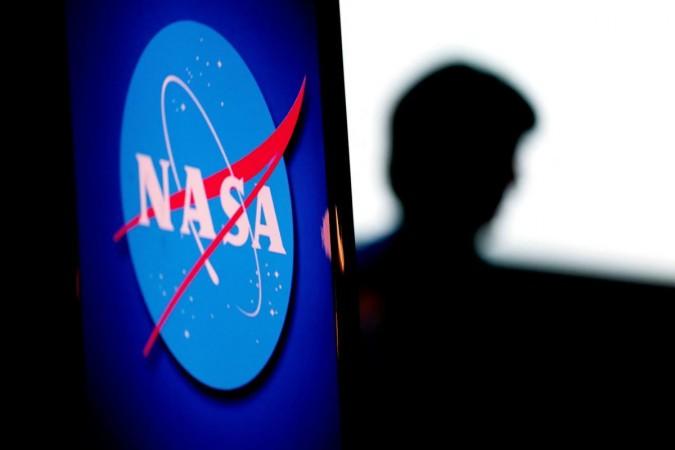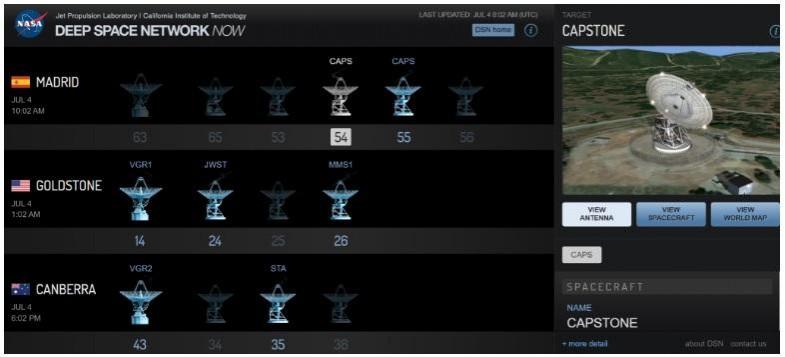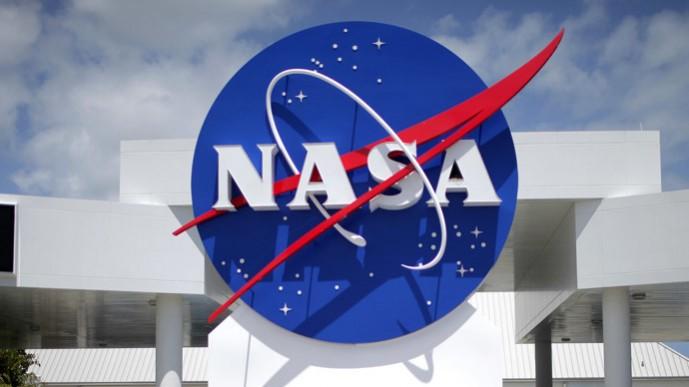NASA's CAPSTONE mission, popular as microwave oven-sized CubeSat, has faced critical communications issues before reaching the Moon, affecting the major objectives of the mission, said the US space agency.
The Cislunar Autonomous Positioning System Technology Operations and Navigation Experiment (CAPSTONE) lifted off to the Moon on June 28 aboard a Rocket Lab Electron rocket to serve as a major communications channel connecting several other satellites orbiting the moon.

Following successful deployment and start of spacecraft commissioning on July 4, the Cislunar Autonomous Positioning System Technology Operations and Navigation Experiment (CAPSTONE) spacecraft experienced communications issues while in contact with the Deep Space Network, said NASA in its statement.
On Monday, the spacecraft left low-Earth orbit and started its journey to the Moon and slated to reach the Moon in November. The spacecraft team is currently working to find the cause and re-establish contact.

Otherwise, the spacecraft successfully deployed solar arrays and began charging its onboard battery. CAPSTONE's propulsion system was also readied for the spacecraft's first maneuver. CAPSTONE made initial contact with the DSN ground station in Madrid, Spain, followed by a partial contact with the Goldstone ground station in California. From these contacts, mission operators have been able to determine CAPSTONE's approximate position and velocity in space.
Owing to the communications issues, CAPSTONE's first trajectory correction maneuver – originally scheduled for the morning of July 5 – has been delayed. This maneuver is the first in a series that are designed to make small corrections to increase the accuracy of the transfer orbit to the Moon, so that the spacecraft remains on the overall intended ballistic lunar transfer.
The space agency, however, noted that the mission officials have good trajectory data for the spacecraft. "If needed, the mission has enough fuel to delay the initial post separation trajectory correction manoeuvre for several days," NASA said.

The CAPSTONE spacecraft weighing just 55 pounds will serve as the first spacecraft to test a unique, elliptical lunar orbit. It will fly in cislunar space -- the orbital space near and around the Moon.
Communications Key to Mission
The communications on CubeSat are key for the mission to demonstrate an innovative spacecraft-to-spacecraft navigation solution at the Moon from a near rectilinear halo orbit slated for Artemis' Gateway.
After release from Rocket Lab's Photon satellite bus, CAPSTONE will use its propulsion system to travel for approximately three months before entering into orbit around the Moon. Then, it is scheduled to begin a 6-month-long primary mission to validate a near rectilinear halo orbit's characteristics by demonstrating how to enter into and operate in the orbit.
Its mission objectives include demonstrate spacecraft-to-spacecraft navigation services that allow future spacecraft to determine their location relative to the Moon without relying exclusively on tracking from Earth; lay a foundation for commercial support of future lunar operations; and gain experience with small dedicated launches of CubeSats beyond low-Earth orbit to the Moon and beyond.














